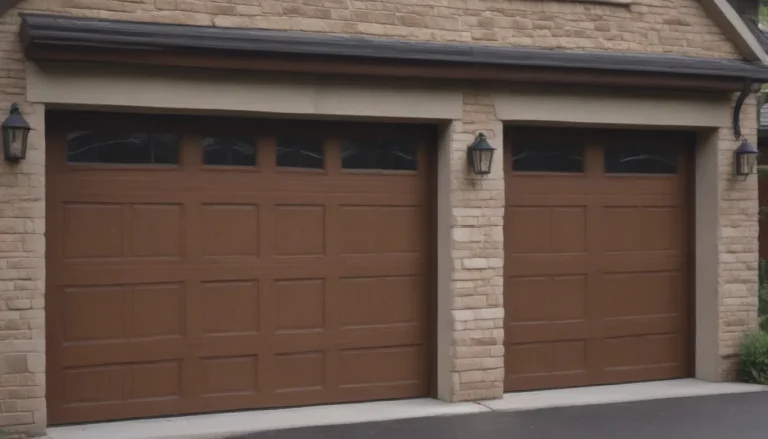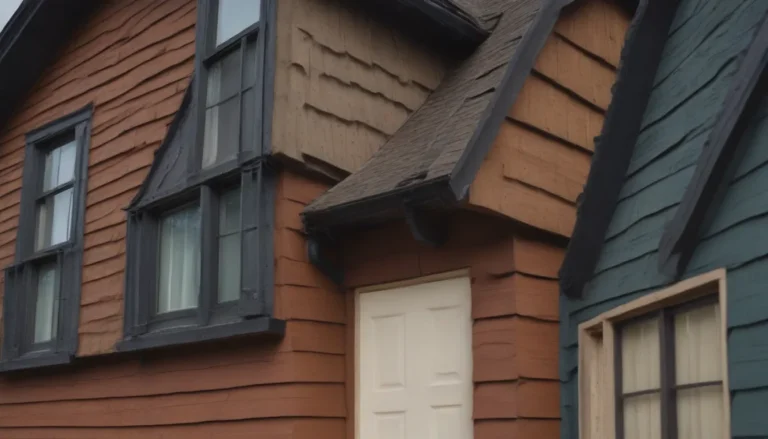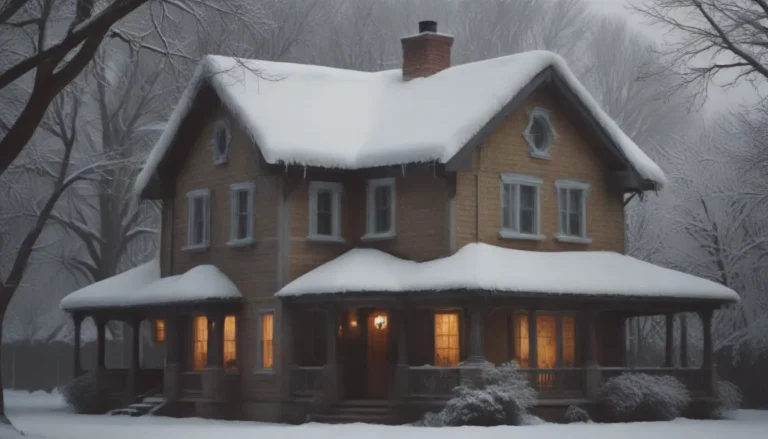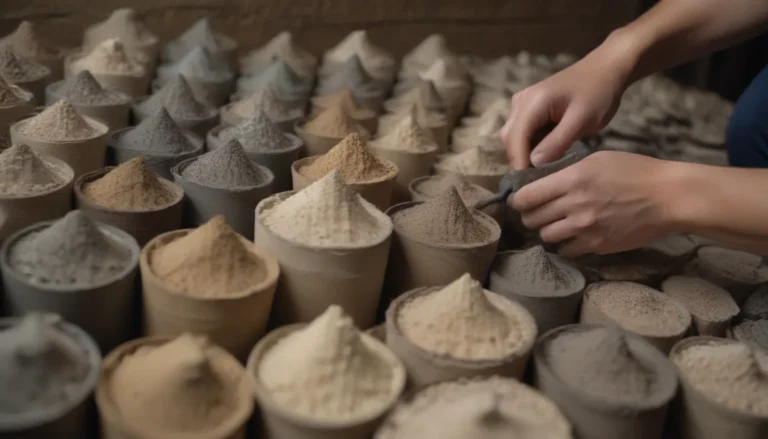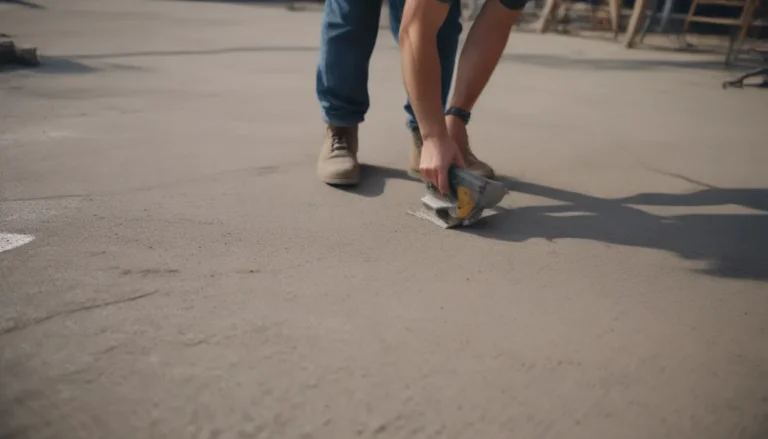Mold vs. Mildew: What You Need to Know
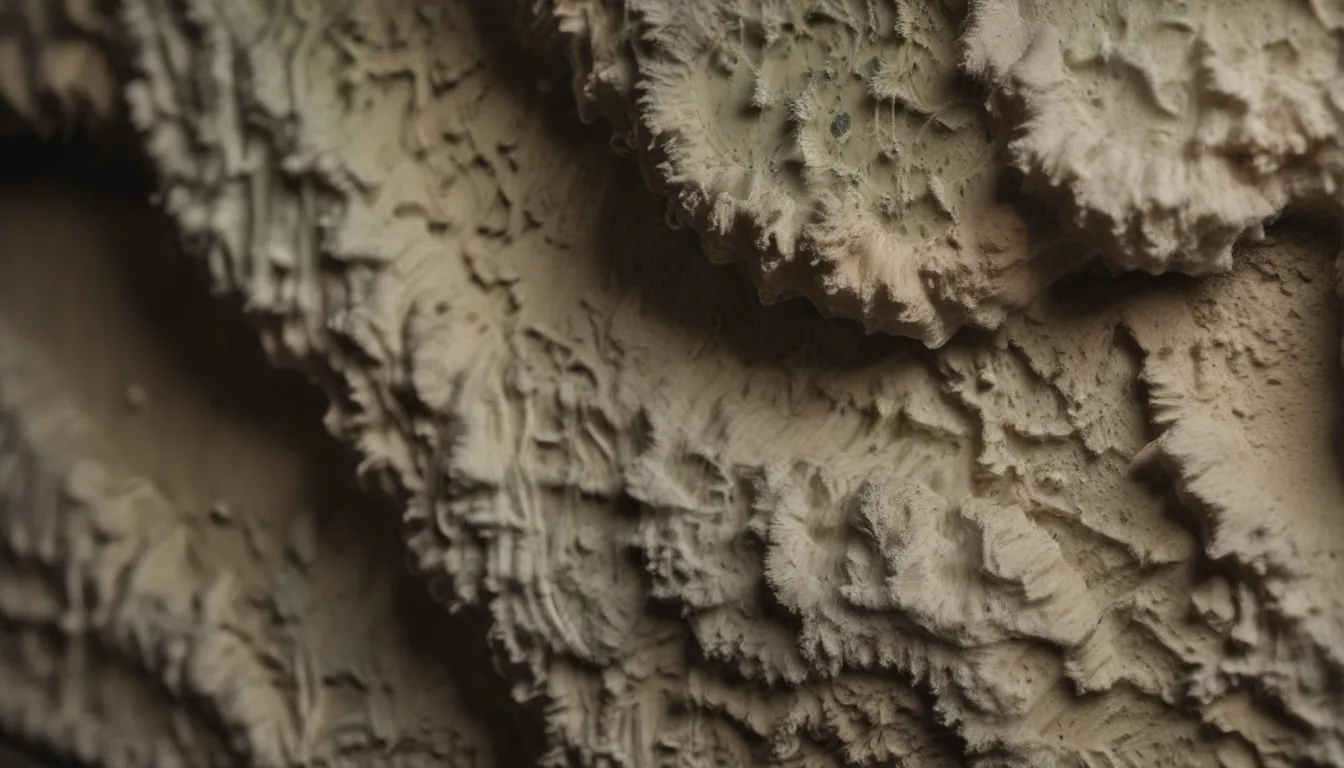
Mold and mildew are common household nuisances that can quickly take over if left unchecked. It’s essential to understand the differences between these two fungi to effectively eradicate them and keep your home safe. In this in-depth guide, we’ll dive into the world of mold and mildew, exploring how they form, how to identify them, and most importantly, how to prevent and treat them.
What Are Mold and Mildew?
Mold and mildew are types of fungi that thrive in damp, confined spaces. They both require moisture, oxygen, and a food source to grow, making them common in areas with high humidity or water damage. While they share similarities, such as causing allergic reactions, they differ in appearance and behavior.
- Mold:
- Tends to have a higher profile and can become fuzzy.
- Exhibits darker colors such as deep green and black.
-
Can be invasive and harder to remove.
-
Mildew:
- Typically flat and powdery in texture.
- Starts as white and may turn brown or gray.
- Generally easier to clean and less invasive than mold.
Mold vs. Mildew: Spotting the Differences
To differentiate between mold and mildew, it’s essential to know what to look for. Here are some key visual cues:
- Mold:
- Green, red, or black in color.
- Often confused for dirt.
-
Has darker shades and a fuzzy appearance.
-
Mildew:
- White or gray in the early stages.
- Turns brown and remains flat.
- May appear as small dots or spots.
How Mold and Mildew Form
Both mold and mildew require the right conditions to grow. They start as spores that land on surfaces and germinate in the presence of moisture, oxygen, and a food source. Mold tends to penetrate surfaces and can grow upward, while mildew remains on the surface and spreads outward. Identifying the conditions that promote mold and mildew growth is key to prevention.
Common Causes of Mold and Mildew
Various factors contribute to the development of mold and mildew in homes. Understanding these causes can help you take proactive steps to prevent their growth:
- Moisture: Excessive humidity or water leaks provide the ideal environment for mold and mildew.
- Lack of Sunlight: Dark, damp areas with little sunlight promote fungal growth.
- Poor Ventilation: Limited airflow can trap moisture and create mold-friendly conditions.
- Dirt and Debris: Organic materials provide a food source for mold and mildew to thrive.
Health Concerns Related to Mold and Mildew
The presence of mold and mildew in the home can pose health risks to both humans and pets. Individuals with asthma or allergies may experience severe reactions, including itchy eyes, wheezing, and a runny nose. Taking steps to prevent and treat mold and mildew is crucial for maintaining a healthy indoor environment.
How to Prevent Mold and Mildew Growth
Prevention is key when it comes to dealing with mold and mildew. Here are some tips to keep these fungi at bay:
- Control Moisture: Fix leaks promptly and maintain proper ventilation to prevent excess humidity.
- Increase Sunlight: Allow natural light into your home to discourage mold growth.
- Use Dehumidifiers: Reduce moisture levels in high-humidity areas to inhibit mold and mildew.
- Clean Regularly: Remove dirt and debris to eliminate potential food sources for fungi.
How to Treat Mold and Mildew
If you discover mold or mildew in your home, it’s essential to take prompt action to prevent further growth and potential health hazards. Here’s how you can safely clean and remove fungal growth:
- Wear Protective Gear: Before cleaning, put on breathing protection, waterproof gloves, and eye protection.
- Remove Unwanted Material: Dispose of items that are contaminated beyond repair, such as wallpaper or rotted wood.
- Mist With Clean Water: Spray the affected area with clean water to prevent spores from spreading.
- Use a Cleaning Solution: Apply a mild detergent, vinegar-water solution, or soapy water to the surface.
- Scrub Gently: Use a sponge to mechanically remove mold or mildew, changing water and sponges frequently.
- Allow to Dry: Let the area dry thoroughly for at least 48 hours before reusing the space.
By following these steps and incorporating preventive measures, you can effectively manage mold and mildew in your home and create a healthy living environment for you and your family.
Conclusion
Understanding the differences between mold and mildew is crucial for maintaining a safe and healthy home environment. By familiarizing yourself with the visual cues, causes, and prevention strategies outlined in this guide, you can effectively identify, treat, and prevent fungal growth in your living spaces. Remember, early intervention and regular maintenance are key to keeping mold and mildew at bay. Stay proactive and vigilant in safeguarding your home against these common household invaders.
